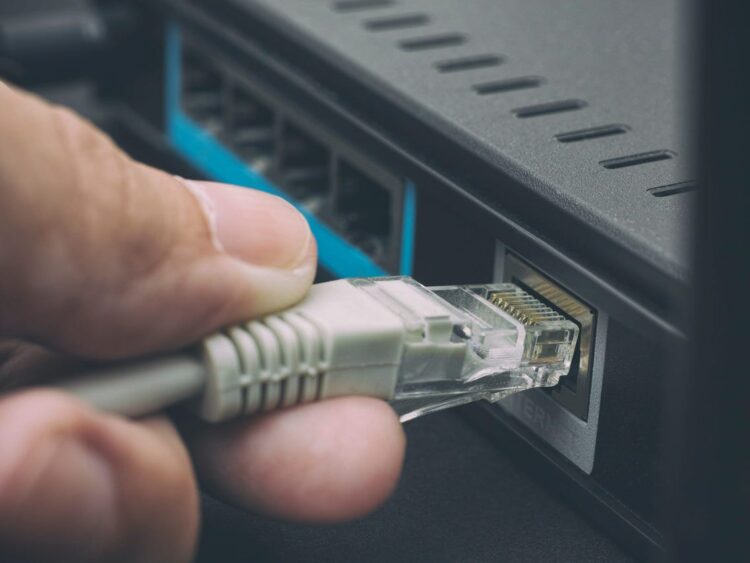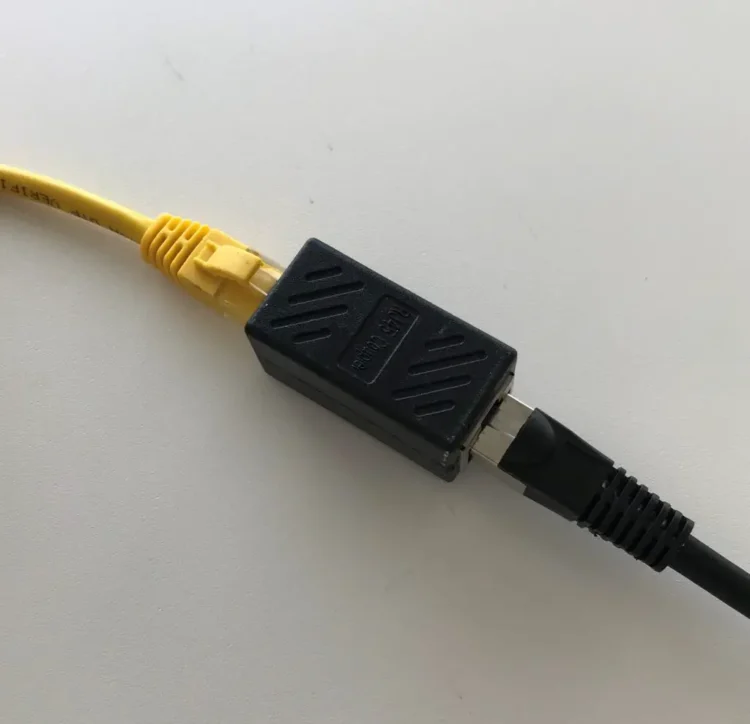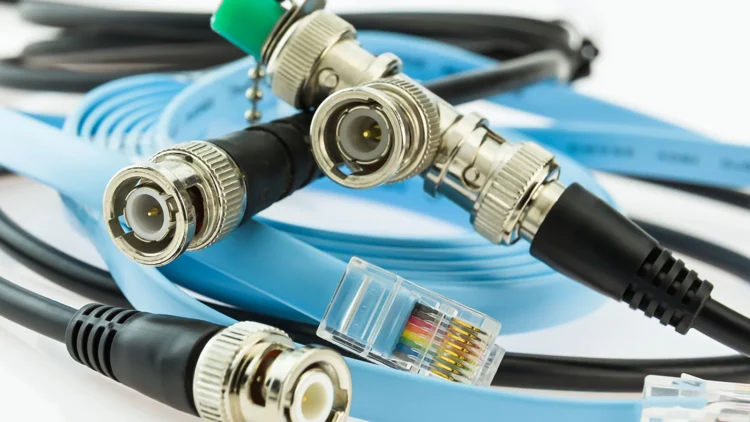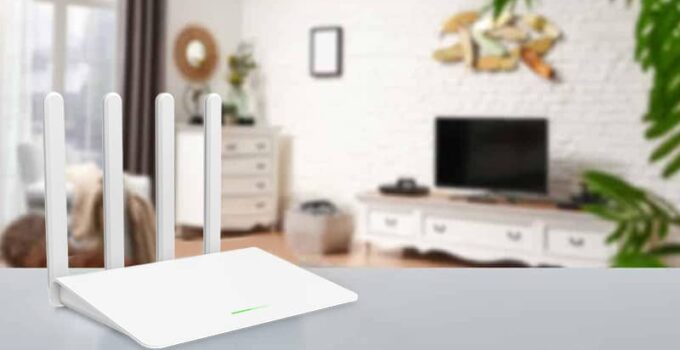In today’s digital era, a stable, high-speed Internet connection has become a necessity rather than a luxury. Among all, an Ethernet connection is a top choice, offering faster speeds, reliable connectivity, and enhanced security over Wi-Fi. This comprehensive guide aims to explore and illustrate various methods for extending Ethernet connectivity to multiple rooms in your home or office.
Page Contents
Understanding Ethernet Cables and Connections

Source: businessinsider.com
At the heart of a wired network are Ethernet cables, including types like Cat5e and Cat6. These variants differ in their data transmission rates and optimal lengths, each designed for specific networking requirements. It’s also essential to note that a typical connection of this kind involves several components, including a modem to connect to your Internet Service Provider, a router for directing traffic, and in some cases, a network switch for additional connections.
Assessing the Existing Network Setup
To effectively extend your Ethernet connection, it’s critical to perform a thorough assessment of your current network setup. Begin by identifying the location of your modem and router, checking the ports on your devices, and planning your cable path with care. Consider the distance and layout between rooms and plan to avoid obstructive elements and high-traffic areas as much as possible.
Wired Solutions for Extending Ethernet

Source: network-from-home.com
Running the cables between rooms is one of the most reliable methods for extending your network. To maintain a clean and orderly appearance, you can use cable clips and concealers along baseboards or walls. Alternatively, when running cables isn’t feasible or aesthetically pleasing, powerline Ethernet adapters provide an excellent solution. These innovative devices convert your home’s existing electrical outlets into functional ports.
Utilizing Network Switches for Multiple Connections
Ethernet switches are ideal when you need to connect multiple devices within a single room. They work by taking one connection and splitting it into several, allowing multiple devices to connect simultaneously without compromising bandwidth. To extend network connectivity across multiple rooms, you can leverage a method known as cascading switches, connecting multiple switches to each other.
Setting Up Ethernet Over Coaxial Cable

Source: us.hitrontech.com
Another practical method for extending your Ethernet connection is through over coax (EoC) technology. This approach leverages your existing coaxial cable, typically used for cable TV or Internet, to deliver signals. Although it requires the use of Multimedia over Coax (MoCA) adapters at each end of the coax cable, it can be a feasible option when other solutions are not practical.
Wireless Solutions for Extending Ethernet
In cases where a wired connection isn’t possible or desirable, wireless solutions like Wi-Fi range extenders and Mesh Wi-Fi systems with Ethernet backhaul can come to your rescue. However, while these options can extend your reach, they come with their inherent limitations and requirements. It’s important to understand these factors to make the best choice for your specific networking needs.
Troubleshooting and Tips for a Successful Setup

Source: businessdailymedia.com
After completing your setup, it’s imperative to verify your connection using online speed tests to ensure optimal performance. If you encounter issues, be sure to recheck all your connections and equipment. It’s essential to use high-quality cables and adapters, and follow the setup instructions meticulously. By doing so, you can enjoy a smooth, high-speed Ethernet connection across multiple rooms.




